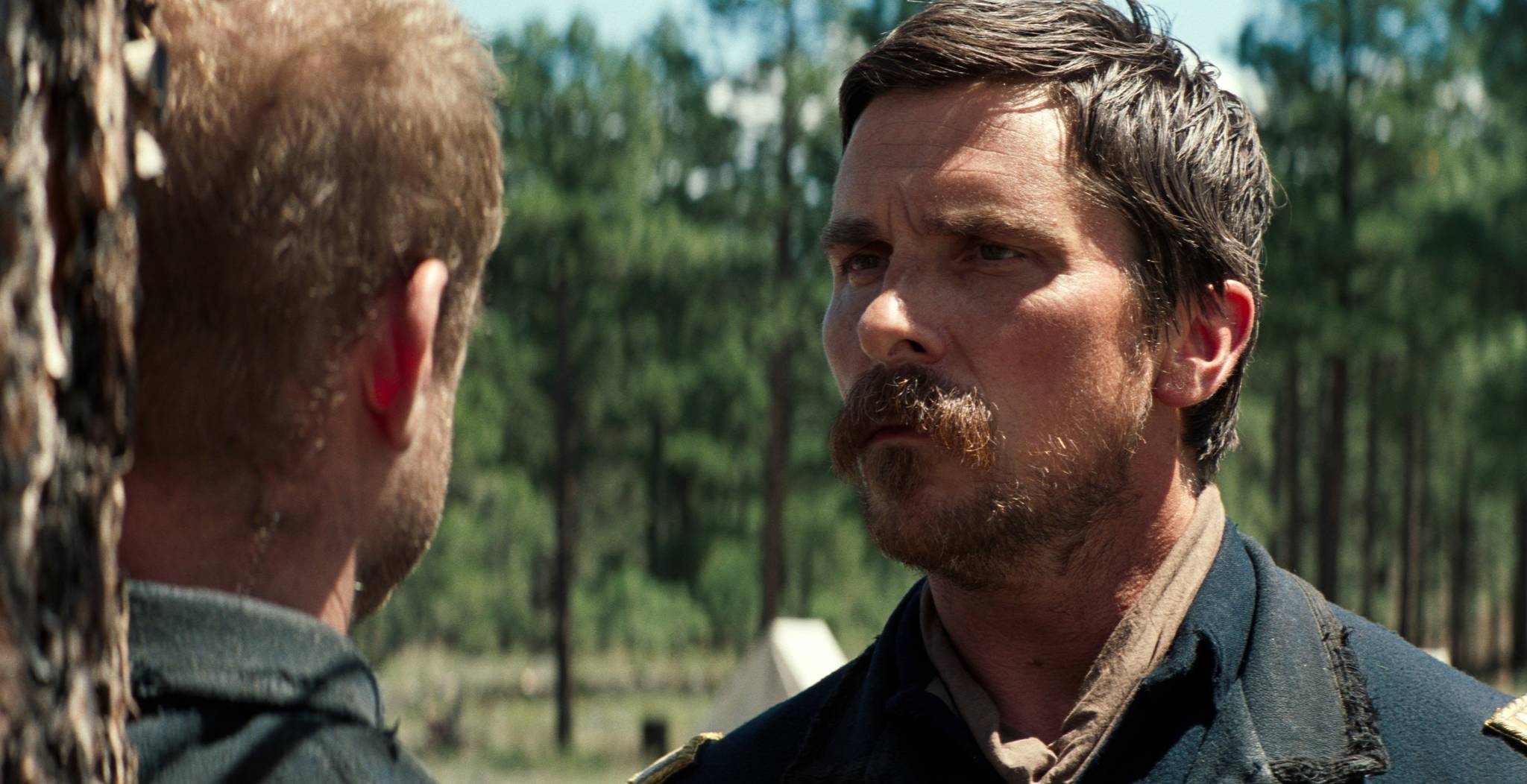“Hostiles”
Entertainment Studios Motion Pictures
2 hours, 14 minutes
At the beginning of this week’s grim and gritty western, “Hostiles,” Christian Bale’s Captain Joe Blocker is portrayed as an injun fighter with a storied career. The horrors he’s felt and dealt are boundless and he feels not a shred of remorse for the savages being held at his New Mexico cavalry stockade.
When Blocker’s superior officer informs our hero that, with mere weeks to go before retirement, he’s to be tasked with transporting his old enemy, Chief Yellowknife, back to his ancestral homeland of Montana where he can quietly succumb to the cancer that’s eating him alive, Blocker is understandably perturbed.
I wonder if the screenwriters should have leaned quite so heavily into the “I hate the Indians” routine.
It quickly becomes obvious, as the company — Blocker, four soldiers, and five Indians, that everyone on this journey is going to have to work together, hate or not. First renegade Comanches, then vicious fur traders, and even an escaped prisoner are going to make the going especially tough.
Blocker makes the Chief and his son ride in chains at first, but this quickly becomes impractical. After a night or two, the group settling into a routine, Blocker seems to have forgotten all about his antipathy for the Indians, and instead adopts a more world weary point of view. This is but one instance where “Hostiles,” a beautiful movie with some real powerful moments, can’t seem to live up to the potential of its characters.
The movie works better and is more enjoyable when your protagonist isn’t a racist, but Blocker’s transition from disdain to respect happens too abruptly. Frankly, the Blocker at the beginning is the more interesting, if less palatable to an audience.
There is much to recommend this film. The supporting performances are stellar, from the great Wes Studi, to Rosamund Pike, to Jesse Plemmons. Rory Cochrane, as Tom, Blocker’s best friend and confidant is suffering from PTSD and the actor gives a heartbreaking performance. The cinematography is stellar, making “Hostiles” one of the prettiest films I’ve seen a while.
And, storywise, it’s an interesting way to depict the end of the west as portrayed by a number of the different players and places involved. The trip to Montana is fraught, as you might imagine, and everywhere, man’s inhumanity to man is on display.
But, despite its pedigreed cast and the enthusiasm or all involved, there is much about “Hostiles” that just doesn’t land. Bale’s abrupt turn of heart is one issue, but far from the only one. Filled with social commentary, “Hostiles” feels oddly removed in some ways. The movie’s opening sequence is pretty brutal and awful, but never hit me with the gut punch that other, similar, movies seem to do. Throughout the film violence is meted out mercilessly, but the horror is kept at a distance.
I don’t know why this should be, but for a film that compares itself with “Unforgiven,” I really should have felt more.
That said, I was interested in the themes of this movie. The idea that a great crime was perpetrated on the Native Americans is not a new one, but “Hostiles” certainly employs it. I did worry, though, that the film tries a little too hard to balance it by including evil, murdering Indians along with evil murdering whites. The more general theme of the film, that this was a time of brutality, where violence begat violence, and where those who were predisposed to such violence, would flourish is certainly true, but, when the horrifying details of Blocker’s life are discussed, it’s almost as though there is an obligatory mention of similar Indian violence. I know some of the Indians of this time did horrible things to white settlers, but it was no where near a fair fight. To suggest otherwise smacks of Charlottesville and the president’s gaffe where he said there were good people on both sides. That’s not to say you should ignore what the Indians did, just place it in the proper context. This film tries to do that, and occasionally it succeeds.
“Hostiles” is directed by Scott Cooper, better known for his stellar work on 2009’s heartbreaker “Crazy Heart,” as well as “Black Mass” and “Out of the Furnace.” Each of those films had hefty emotional impact, so I don’ t know why this one didn’t. Still, for entertaining action and interesting social commentary, you could do a lot worse.
Grade: B+
“Hostiles” is rated R for language and some fairly graphic violence.
Chris Jenness is an art teacher, freelance graphic designer, artist and movie buff who lives in Nikiski.

